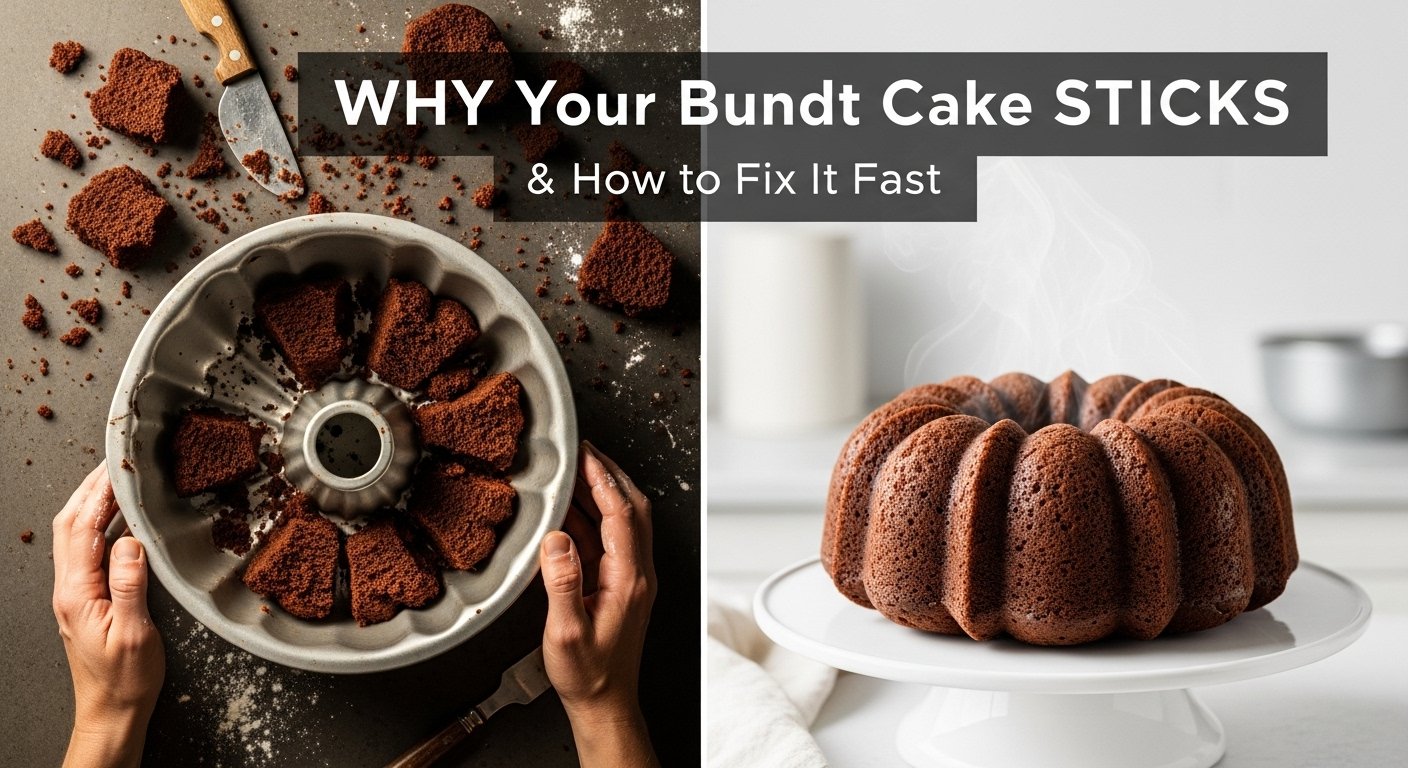
I'll never forget the first time I pulled a bundt cake disaster out of my oven. There I was, so proud of my chocolate masterpiece, only to have half of it glued stubbornly to the pan while the other half crumbled onto my cooling rack. If you've ever asked yourself "why does my cake stick to the bundt pan," trust me—you're not alone. After years of baking and plenty of trial and error, I've learned exactly what causes this frustrating problem and, more importantly, how to prevent it.
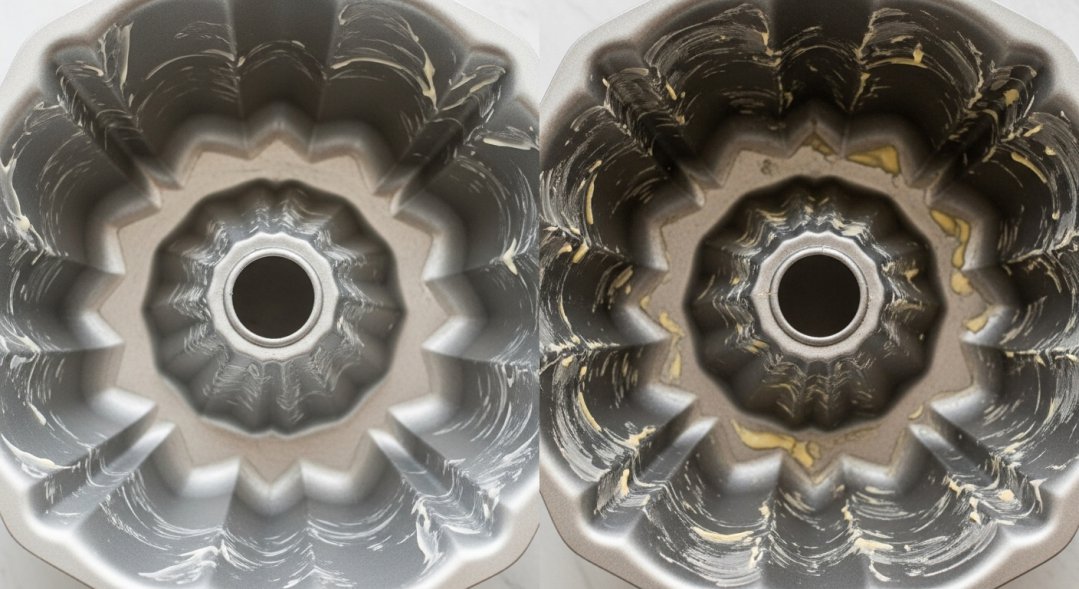
The Real Culprits Behind Sticky Bundt Cakes
Let me start by saying that bundt pans are beautiful but temperamental. Those intricate designs that make your cakes look so impressive are the same nooks and crannies that cause your baking nightmares. Through my own kitchen adventures, I've discovered that cake sticking usually comes down to three main issues: inadequate greasing, pan material problems, or timing mistakes.
The Greasing Game-Changer
Here's what I learned the hard way: cooking spray alone doesn't cut it. I used to give my bundt pan a quick spritz and call it done. Big mistake. The corners and detailed ridges need more attention than that. Now I use what I call the "three-ingredient method"—equal parts softened butter, flour, and vegetable shortening mixed into a paste. I brush this mixture into every single crevice with a pastry brush, and I mean every single one. It takes an extra five minutes, but it's worth every second when my cake slides out perfectly.
Some bakers swear by just butter and flour, which definitely works better than spray alone. But when I'm making an important cake for guests or a special occasion, I don't take chances. That shortening mixture has saved me countless times.
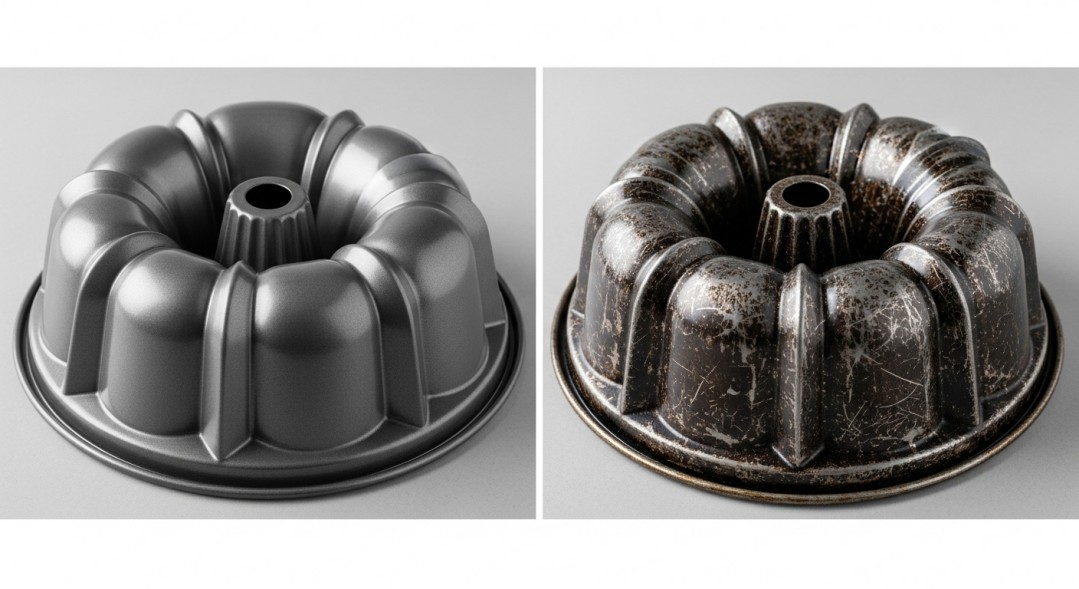
When Good Pans Go Bad
Not all bundt pans are created equal, and I learned this lesson after investing in a cheap pan at a discount store. My bundt cake won't come out of pan became a regular complaint in my kitchen until I figured out the pan itself was the problem. The coating was already scratched and uneven when I bought it, though I didn't notice at first.
Material Matters More Than You Think
These days, I exclusively use heavy-duty aluminum pans with a quality non-stick coating. My Nordic Ware pan cost more upfront, but it's lasted five years without a single scratch. Cast aluminum distributes heat evenly, which means your cake bakes uniformly and releases more easily. Those thin, lightweight pans heat unevenly and create hot spots that cause sticking.
I also learned to treat my pans gently. No metal utensils ever touch the interior, and I hand wash them with a soft sponge. When I first started baking, I'd throw my bundt pan in the dishwasher and wonder why the coating deteriorated so quickly. Now I know better—hand washing preserves that non-stick surface that makes cake release so much easier.
The Timing Mystery Solved
This one surprised me: when you remove your cake from the pan matters just as much as how you greased it. I used to flip my bundt pan immediately after pulling it from the oven because I was too excited to wait. Wrong move. The cake needs time to set up slightly, or it falls apart. But wait too long, and you'll be dealing with what to do if bundt cake sticks to pan—which is exactly what happened when I left a lemon cake cooling for an hour before attempting removal.
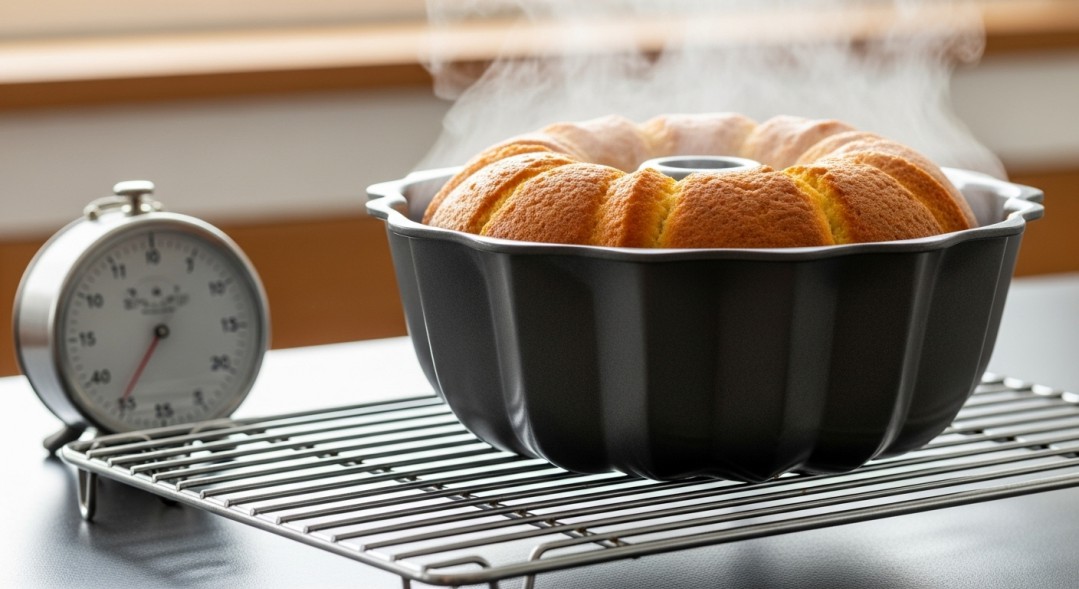
The Sweet Spot Window
Through lots of experimentation, I've found that 10 to 15 minutes is the magic cooling window. I set a timer now because guessing never worked out well. The cake needs to firm up enough to hold its shape but still be warm enough that the fats haven't solidified and glued everything together. During those 10 to 15 minutes, I place the pan on a wire rack so air can circulate underneath—this prevents condensation from forming on the bottom, which can also cause sticking.
My Emergency Rescue Techniques
Despite all my precautions, I still occasionally run into trouble. Last month, I had a sticky situation with a vanilla bundt that just wouldn't budge. Instead of panicking, I've developed some rescue strategies that actually work.
The Warm Towel Method
When my bundt cake won't come out of pan, I soak a kitchen towel in hot water, wring it out thoroughly, and wrap it around the outside of the pan for about five minutes. The gentle heat softens the stuck bits without overcooking the cake. Then I run a thin plastic knife (never metal!) around the edges and center tube very carefully. Nine times out of ten, this does the trick.
Another technique that's saved me is the gentle tap method. After using the warm towel, I place a serving plate over the pan, hold them firmly together, flip the whole thing over, and give the bottom of the pan several firm taps. Not aggressive banging—that can damage both your cake and pan—but confident, steady taps. Usually, I'll hear a satisfying whoosh as the cake releases.
The Bundt Pan Leaking Problem Nobody Talks About
Here's something that caught me completely off guard during my first few years of bundt baking: bundt pan leaking. I'd carefully pour my batter into what I thought was a perfectly sealed pan, only to open my oven twenty minutes later to find batter pooled on the oven floor. The smell of burning batter is not pleasant, let me tell you.
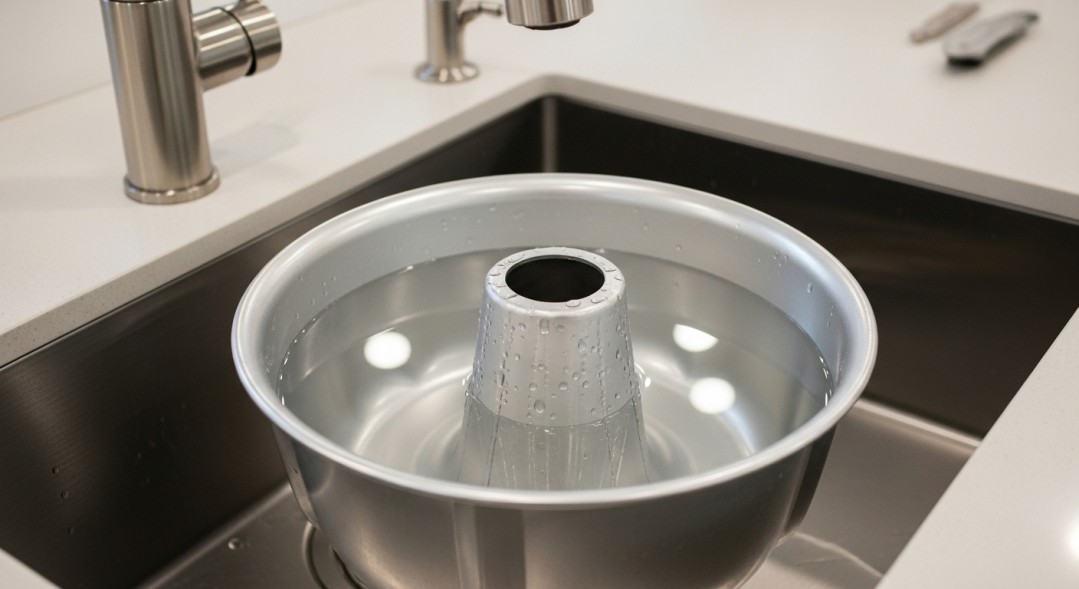
This issue typically happens with older pans where the seam between the bottom and sides has developed a gap, or with two-piece bundt pans that weren't assembled correctly. My solution? I always test any pan I haven't used in a while by filling it with water in the sink before I add batter. If I see leaking, that pan gets relegated to non-baking uses or replaced entirely.
For pans that have a minor leak, I've had success placing them on a baking sheet before adding batter. This catches any drips and saves my oven from a mess. But honestly, if your pan leaks significantly, it's time for a new one. A leaking pan usually indicates other problems too, like an uneven cooking surface.
Prevention Is Everything
After all my bundt baking experiences, both successful and disastrous, I've developed a foolproof routine. Before I even think about mixing batter, I prepare my pan. I give it that thorough coating with my butter-flour-shortening paste, making absolutely sure I've covered every ridge and valley. I tap out any excess flour so it doesn't create a thick crust. Then I let the greased pan sit while I mix my batter—this allows the coating to set slightly.
I've also learned that batter consistency matters more than I initially realized. Overly thick batters don't settle into pan details as well and are more likely to stick. If my batter seems too thick, I'll thin it slightly with a tablespoon of milk or water. Conversely, batters that are too thin can seep under my greasing layer and cause sticking too.
The Bottom Line on Bundt Success
Understanding why does my cake stick to the bundt pan has transformed my baking from stressful to enjoyable. It's not just one thing—it's a combination of proper greasing technique, quality equipment, correct timing, and gentle handling. Every single step matters, and skipping even one can lead to that heartbreaking moment when your beautiful cake refuses to leave its pan.
These days, my bundt cakes release cleanly almost every time. When friends compliment my beautiful cakes, I smile and think about all those early disasters that taught me these lessons. The truth is, bundt pan success isn't about having some special talent—it's about understanding what causes problems and taking the time to prevent them. Your next bundt cake can be absolutely perfect if you follow these techniques that I've tested thoroughly in my own kitchen. Trust me, once you master the art of bundt cake release, you'll never want to bake in any other pan.
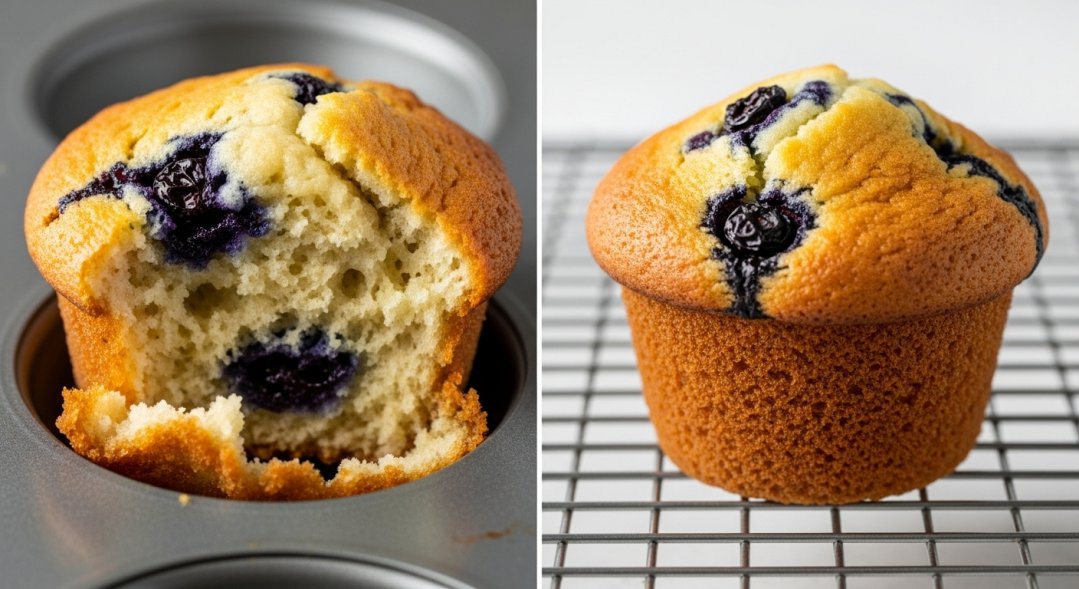
Leave a Reply